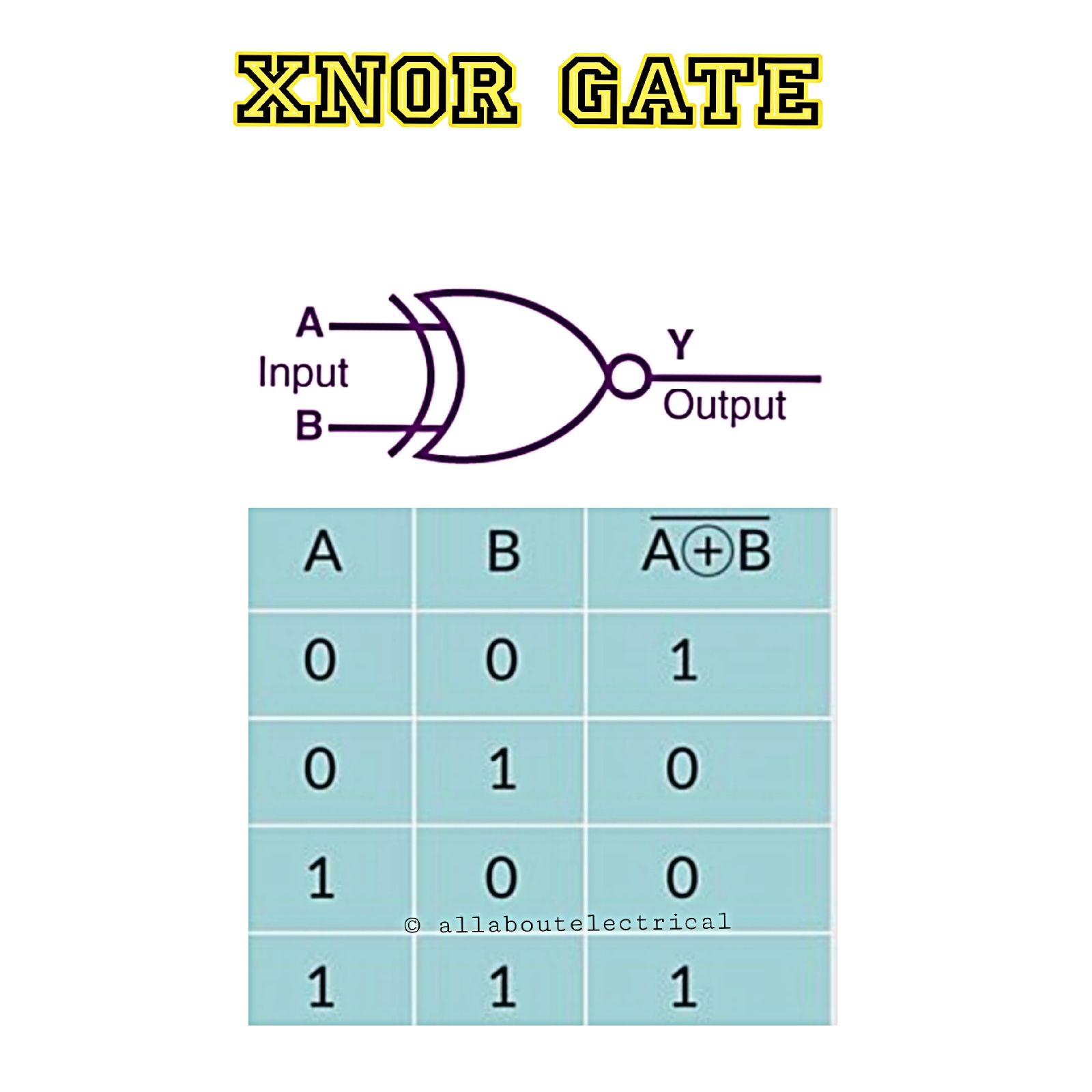Basic logic gates -Types,function,boolean expression and Their applications
Logic gates are the basic building blocks of any digital system. It is an electronic circuit with one or more inputs and only one output. The relationship between input and output depends on some factors. Accordingly logic gates AND gates, OR gates, NOT gates etc. is called.
Types of Logic gates:
There are several basic logic gates used in performing operations in digital systems.
- OR Gate
- AND Gate
- NAND Gate
- NOR Gate
- NOT Gate
- XOR Gate
- Xnor Gate
Let's discuss all the above logic gates one by one.
1. And gate:
- An AND gate has two or more inputs and produces one output.
- Output becomes High(1) only when all inputs are High(1).
Application:
Used in multiplexers, address decoding circuits, and in creating complex logic functions.
2. OR gate:
- An OR gate also has two or more inputs and produces one output.
- If at least one of the inputs is high (1), the output is also high (1).
Application:
Used in arithmetic logic units (ALUs), memory address decoding, and digital communication systems.
3. NOT gate:
Application:
Used in flip-flops, memory cells, and as part of clock generation circuits.
4. XOR gate:
- XOR gate is an abbreviation of exclusive OR and has two inputs and one output.
- If the inputs are different, the output is high (1).
Application:
Key in arithmetic operations, error detection, parity checking, and cryptography.
5. NAND gate:
- NAND gate is a combination of AND gate and NOT gate.
- Output becomes Low(0) only when all inputs are High(1).
Application:
Frequently used in building other logic gates due to its versatility and efficiency.
6. NOR gate:
- NOR gate is a combination of OR gate and NOT gate.
- The output goes high (1) only when all inputs are low (0).
Application: Used in memory addressing, wired-OR logic, and certain digital circuits.
7. XNOR Gate:
- XNOR gate stands for XOR and has two inputs and one output.
- If the inputs are equal, the output is high (1).
Application:
Used in comparator circuits, error detection, and synchronization circuits.
















